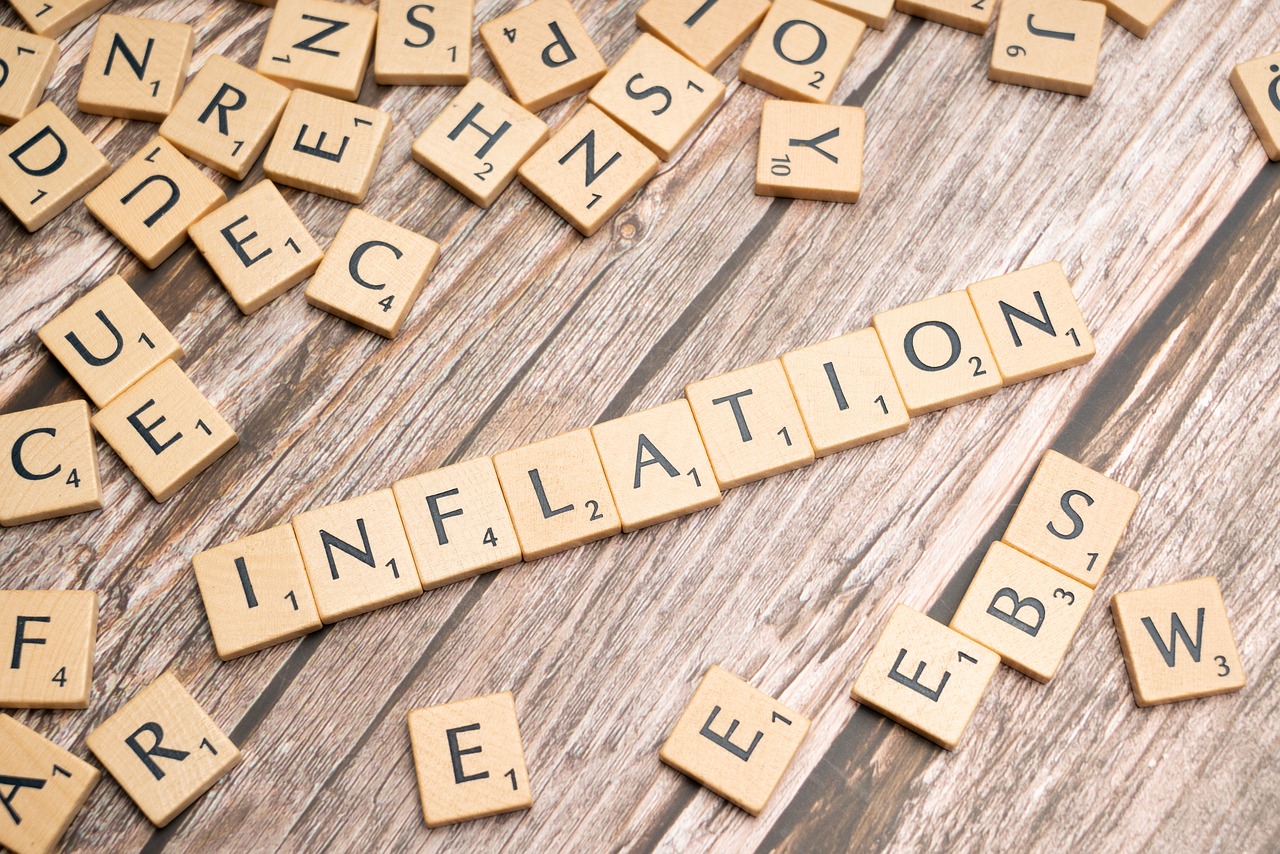Inflation by Fiat
by Michael Pento, Market Oracle:
 The Fed has now officially changed its inflation target from 2%, to one that averages above 2% in order to compensate for the years where inflation was below its target. First off, the Fed has a horrific track record with meeting its first and primary mandate of stable prices. Then, in the wake of the Great Recession, it redefined stable prices as 2% inflation—even though that means the dollar’s purchasing power gets cut in half in 36 years. Now, following his latest Jackson Hole speech, Chair Powell has adopted a new definition of stable prices; one where its new mandate will be to bring inflation above 2% with the same degree and duration in which it has fallen short of its 2% target.
The Fed has now officially changed its inflation target from 2%, to one that averages above 2% in order to compensate for the years where inflation was below its target. First off, the Fed has a horrific track record with meeting its first and primary mandate of stable prices. Then, in the wake of the Great Recession, it redefined stable prices as 2% inflation—even though that means the dollar’s purchasing power gets cut in half in 36 years. Now, following his latest Jackson Hole speech, Chair Powell has adopted a new definition of stable prices; one where its new mandate will be to bring inflation above 2% with the same degree and duration in which it has fallen short of its 2% target.
Just to be clear, the Fed has no idea what causes inflation. It also deliberately goes way out of its way to under measure it. Is it any wonder then that the Fed’s historical record proves it has little ability to meet its own inflation target? As I explained in a commentary written a couple of month ago, the Fed has a tremendous amount of difficulty controlling inflation in either direction. In 7 out of the last 12 years, the Fed has been unable to achieve average annualized CPI of at least 2%. Therefore, 58% of the time the Fed has failed to reach its minimum inflation goal. Conversely, inflation spiked to double digits by 1975 and, after a brief pause in ’76-’77, eventually soared to 14.6% by early 1980. During this process, our central bank found it necessary to raise rates from 3.75% in February 1971, all the way to 20% by the middle of 1980. That doesn’t sound like inflation is easily managed does it? But the Fed is fond of trying to convince investors that is the case.
Since the Fed has no idea what causes inflation and how to really measure its rate, how can it then ensure a genuine inflation target—one that represents economic reality—is achieved? It cannot, it is impossible.
For example, the Fed has currently created massive inflation in real estate, fixed income and equity prices. But it deliberately avoids putting asset prices in its inflation calculation and uses the absurd owners’ equivalent rent figure for home price appreciation. Also, inflation is already running well over 2% in the commodity space. The CRB Index is up 30% in the past 4 months.
Hence, although the Fed has raised its inflation target there is no reason to believe it can reach it. After all, if it has clearly demonstrated that is cannot readily obtain a 2% target–using the Fed’s preferred core PCE metric–why would anyone think it can now magically boost inflation north of 2% by decree?
So, here is a lesson for the Fed about how overall consumer inflation is actually engendered: a rising rate of U.S. inflation comes from a market that is persistently losing faith in the purchasing power of the dollar. This comes about from a sustained rate of increase in dollar supply that has diffused throughout the economy due to a Fed that is monetizing an ever-increasing amount of Treasury debt. The Fed is forced to do this in order to keep rates low enough to maintain Government solvency.
Why So Much Trouble Creating Inflation?
Since the U.S. is a debt-disabled economy, the normal transmission of monetary creation is broken. As you recall, coming out of the Great Recession consumers and banks were saturated in debt. Therefore, they could not readily borrow a significant amount of new money into existence. As a result, the overwhelming gravitational forces of deflation prevailed–with the exception of the certain asset prices (primarily stocks and bonds) that private banks were purchasing using new credit from our central bank. In other words, Wall Street was the recipient of the Fed’s largess and consumers were, for the most part, left behind. Therefore, broader aggregate money supply growth was muted; whereas reserves in the banking system soared from $800 billion, to $4.5 trillion from 2008 thru 2014.
What is necessary for consumer price inflation to rise in tandem with asset price inflation is the combination of both fiscal and monetary cooperation in USD debauchery. In order to combat the economic fallout from the Wuhan virus, the Treasury and the Fed joined forces to send direct payments to consumers and businesses. This was the reason there was a condition of stagflation earlier this year. The government borrowed $3 trillion of new money into existence, which was monetized by the Fed and doled out directly to consumers. This raised the money supply circulating around all sectors of the economy. The entire stock of M2 money supply surged by 18% from February to June of this year and the Fed’s balance soared above a record setting $7 trillion in a matter of a few unprecedented months.
So, here’s a news flash to Mr. Powell: Core PCE Inflation won’t rise above 2% just because you say you want it to get there. He can squawk all he wants about now wanting to exceed a consumer inflation target that has been unachievable for many years. In sharp contrast, with trillions of dollars in stimulus running off just as forbearance measures are ending, the consumer will be in a desperate search for cash to pay in arrears their mortgages, credit card bills., student loans and car loans instead of taking on new debt and expanding the money supply. It’s the same story for businesses that have exhausted their PPP grants/loans and are now saturated in debt.
Read More @ MarketOracle.co.uk



